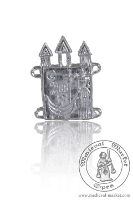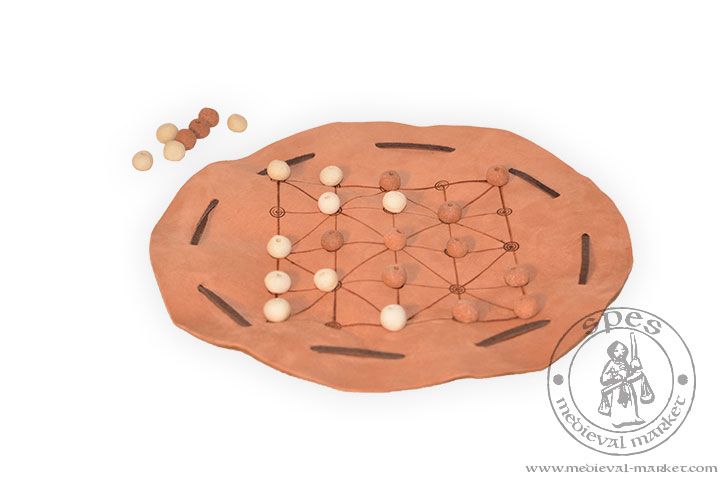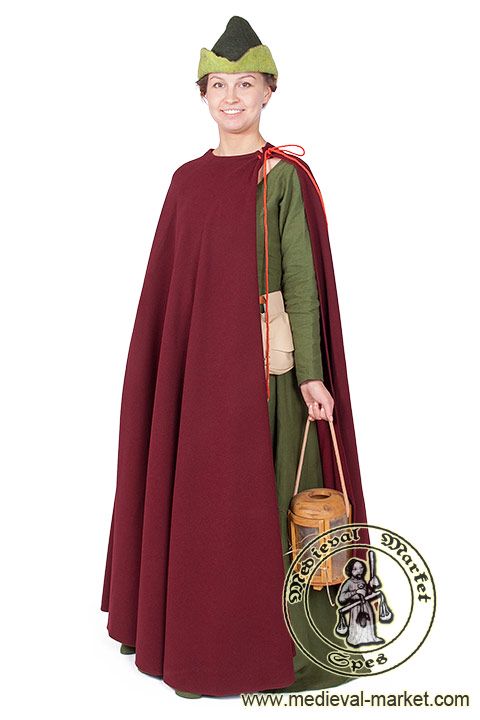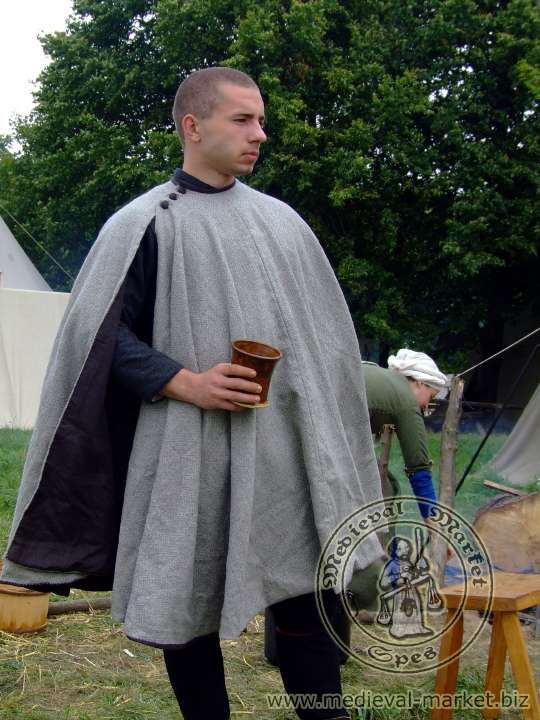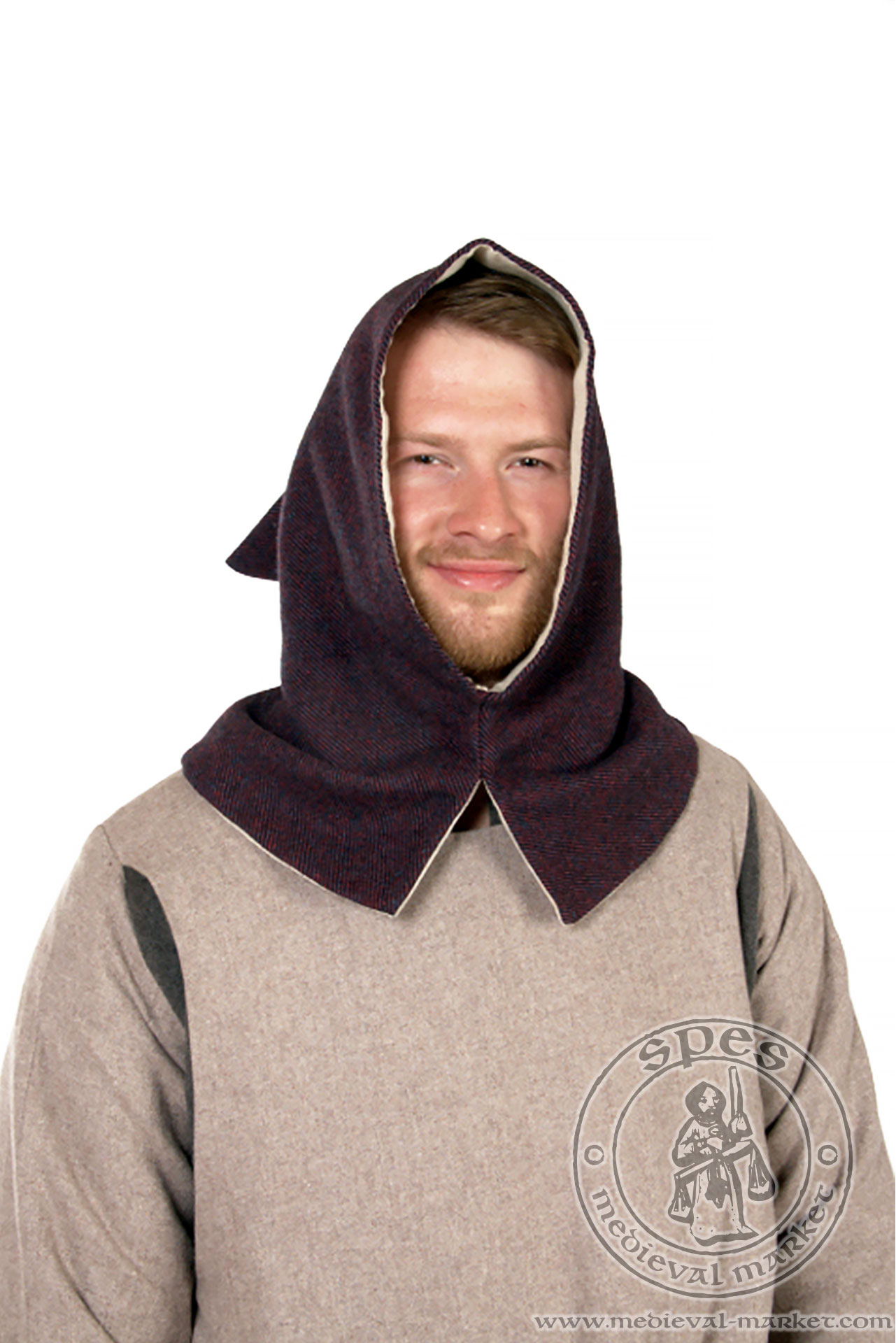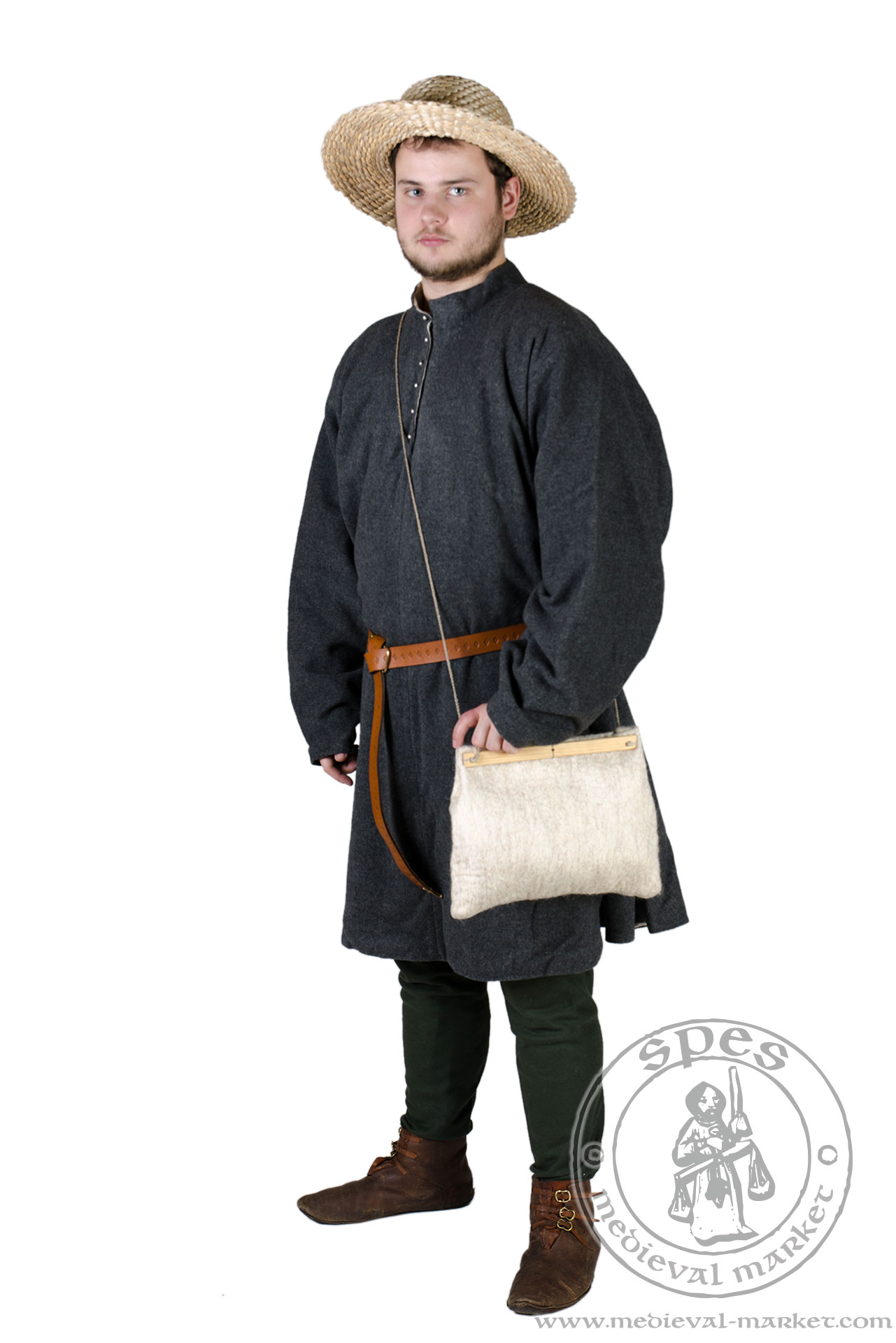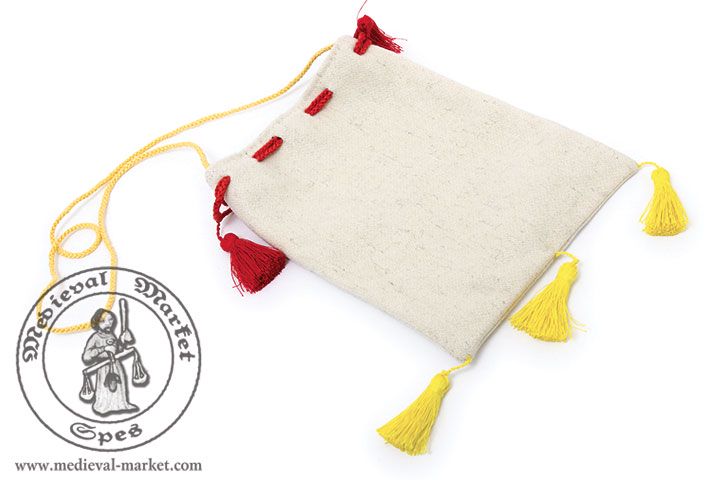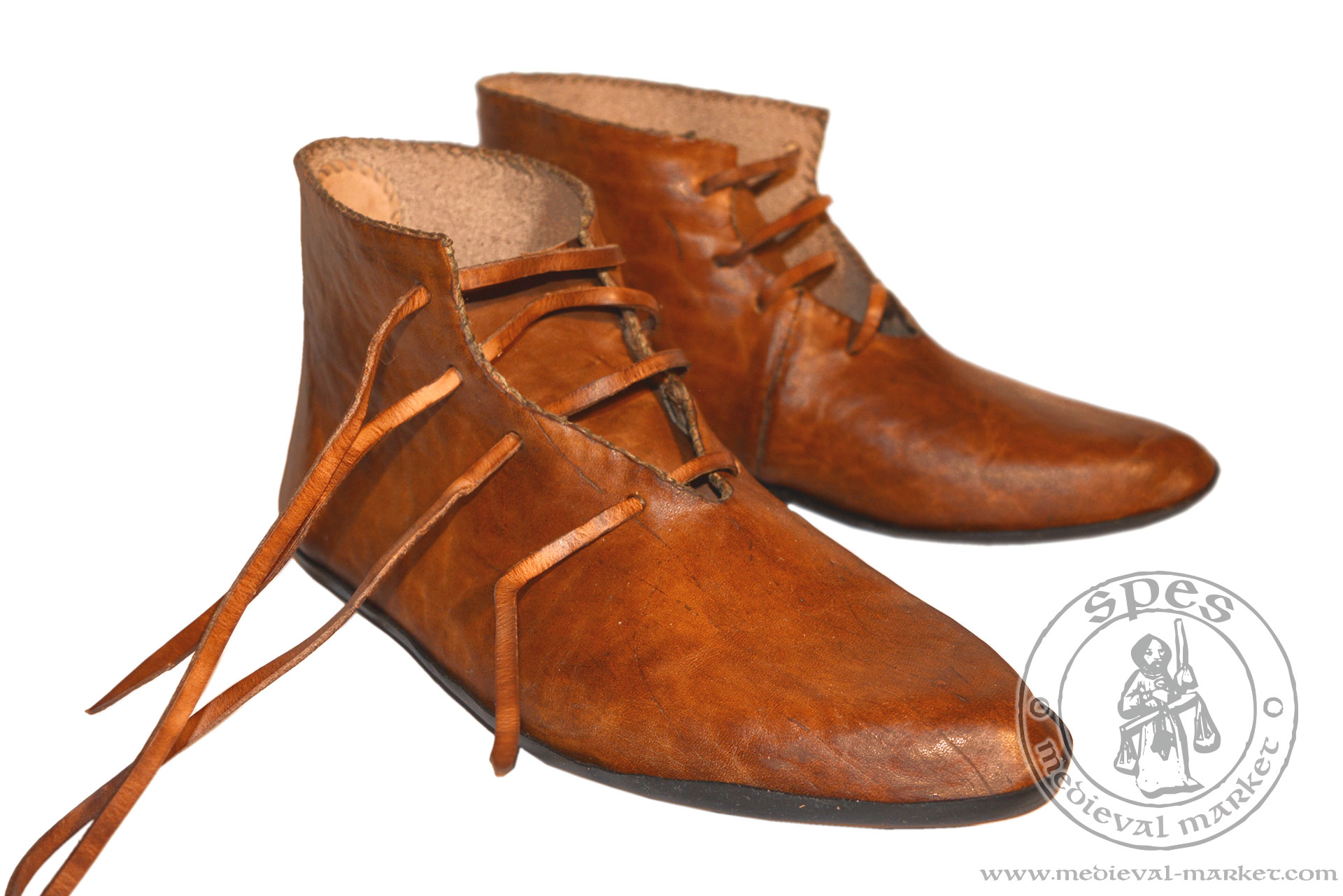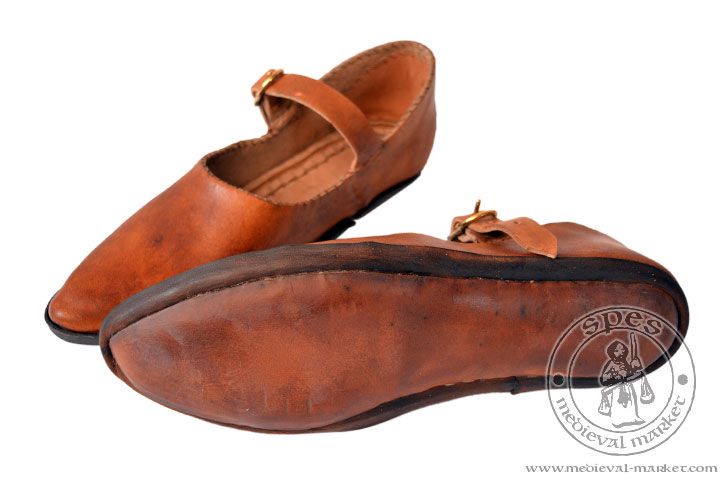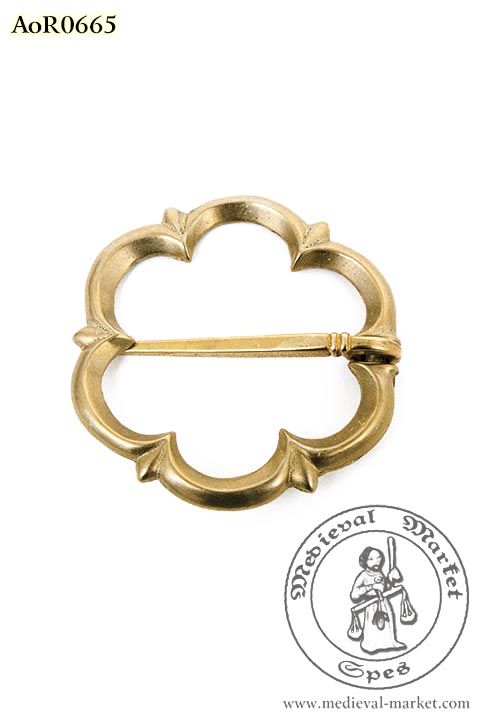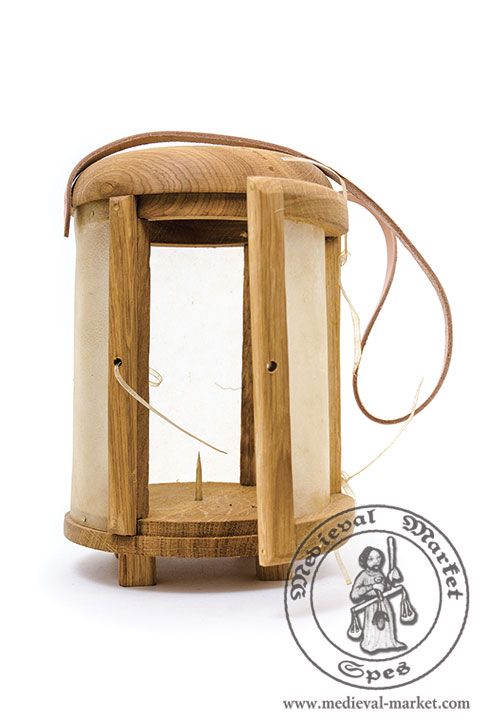If you wish to adjust your cookie preferences for this website, you can do so using your browser settings.
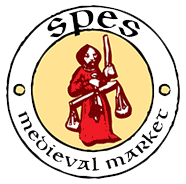


Category: Accessories > badges
St.Ursula
St.Ursula
Century: XIV, XV| CODE | Material |
Standard
|
Price | |
| oR0554 | see description | Hand-made | 7.00 EUR |
|
Lowest price in the last 30 days
See how to place an order for several people
How old?: 1325-1400.
Finding place: Dordrecht, Groningen, Westenschouwen, Slums, Gdańsk (Poland).
Place of provenance: Köln (Germany)
Details: h.: 37mm w. 30mm.
Meaning: Pilgrim's badge from Köln. Over 10 different patterns of this badge were found
(most of them dating for the second half of XIV century). There is little known about Ursula
for sure. There is a tale about her and 11,000 virgins. Due to it she was daughter of
Bretonnian king. As she was Christian she vowed purity and by this refused to marry king of
Hunns (Huns?) Eterius. This became cause of war. Ursula together with 11,000 of her
companions, also virgins got on boats to escape her enemies. Unfortunatelly, near to the delta
of Ren they met Hunn warriors and were all murdered. When Hunns left Ursula and her
companions were buried with honour in Koln. Number of virgins is effect of mistake when
reading the phrase on tomb. It says "XI M V" what means "Eleven Martyr Virgins", because
the phrase was damaged "M" had been interpreted as thousand. St. Ursula is patron of young
women and good death. This pattern is replica of finding from Gdańsk.
Pewter badges were first introduced as pilgrim souvenirs from different places of
Christian cult around Europe and the Holy Land. The earliest findings of this type comes from
about second half of XII th. century, fall of their popularity is beginning of XVI th. century.
They're closely connected with development of pilgrimages among Christians. Pilgrim
badges were a solid prove of finishing a long journey to places were once saints lived. About
XIV th. century secular badges also appeared.
ATTENTION: dates showed in this catalogue tells only how old was the material used for the
original. It doesn't mean that the badge was used only then.
The pewter badges as well as their descriptions are provided to us by Bartosz Sołtysiak who bases them on historical sources.





 Female Clothing
Female Clothing Male clothing
Male clothing
 Furniture
Furniture Tents
Tents Armament
Armament HMB Line
HMB Line Miscellaneous
Miscellaneous Rent
Rent In stock
In stock Special Offers
Special Offers Search
Search Your Account
Your Account About us
About us Sizing
Sizing How to buy
How to buy Blog
Blog Links
Links Events
Events
